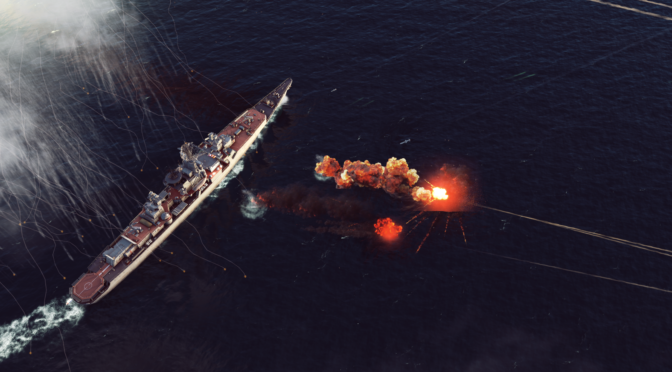Maj Gen P K Mallick, VSM (Retd)

The Bab el-Mandeb Strait, situated between Djibouti and Yemen, represents the southern entry point to the Red Sea and holds strategic importance in connecting the Mediterranean Sea to the Indian Ocean.
People dance on the deck of the Galaxy Leader commercial ship, seized by Yemen's Houthis last month, off the coast of al-Salif, Yemen (Image/Reuters)
Bab al-Mandab, also known as the “Gate of Tears,” is a narrow strait connecting the Gulf of Aden to the Red Sea and the Suez Canal, serving as a crucial link between Africa and the Arabian Peninsula. It spans approximately 20 miles at its narrowest point, bordered by Djibouti to the west and Yemen to the east. This strait is a vital maritime route, facilitating the movement of vessels between Europe and Asia.
The Bab el-Mandeb Strait, situated between Djibouti and Yemen, represents the southern entry point to the Red Sea and holds strategic importance in connecting the Mediterranean Sea to the Indian Ocean. According to the U.S. Energy Information Administration, it limits shipping traffic to two narrow channels for both inbound and outbound shipments.

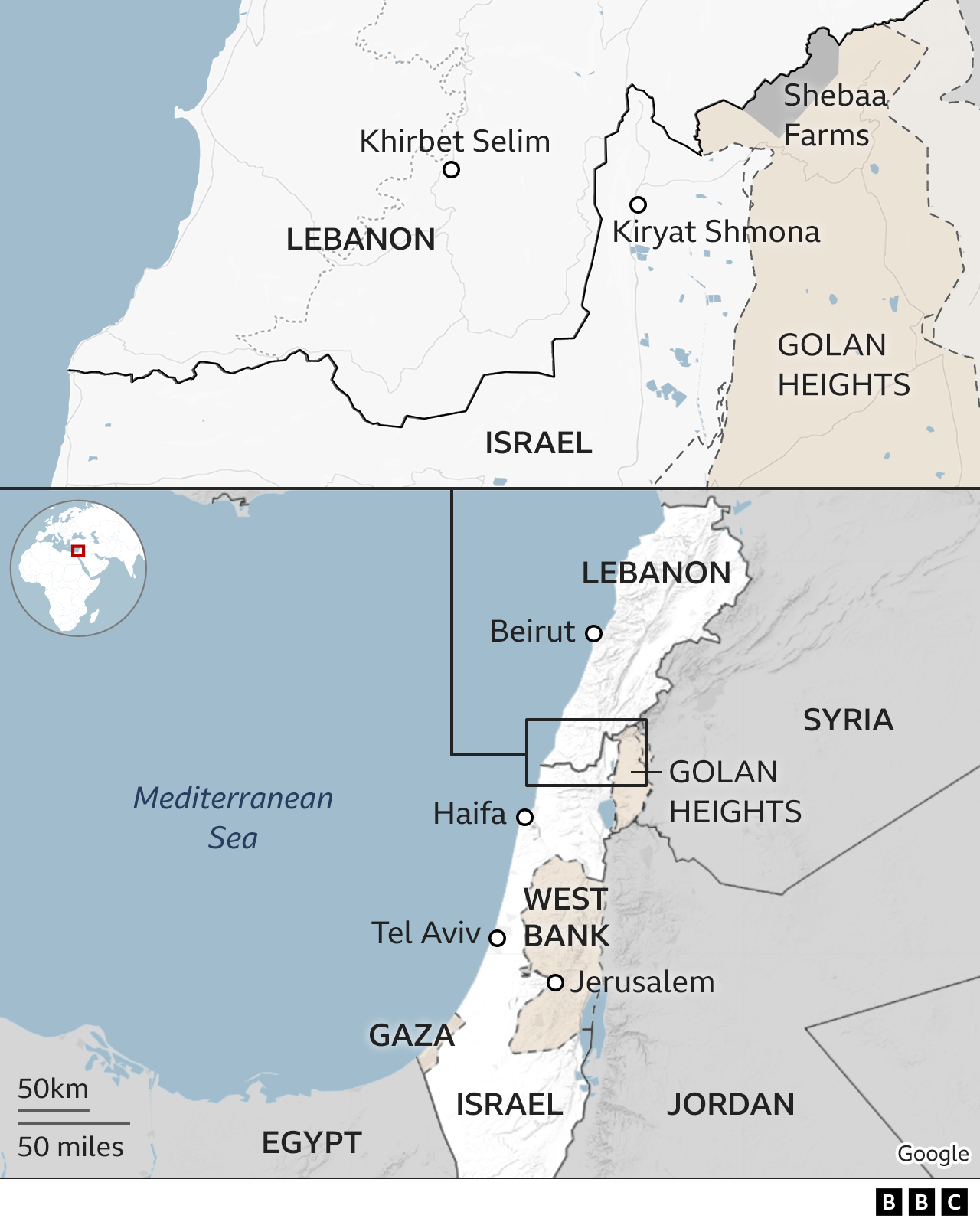


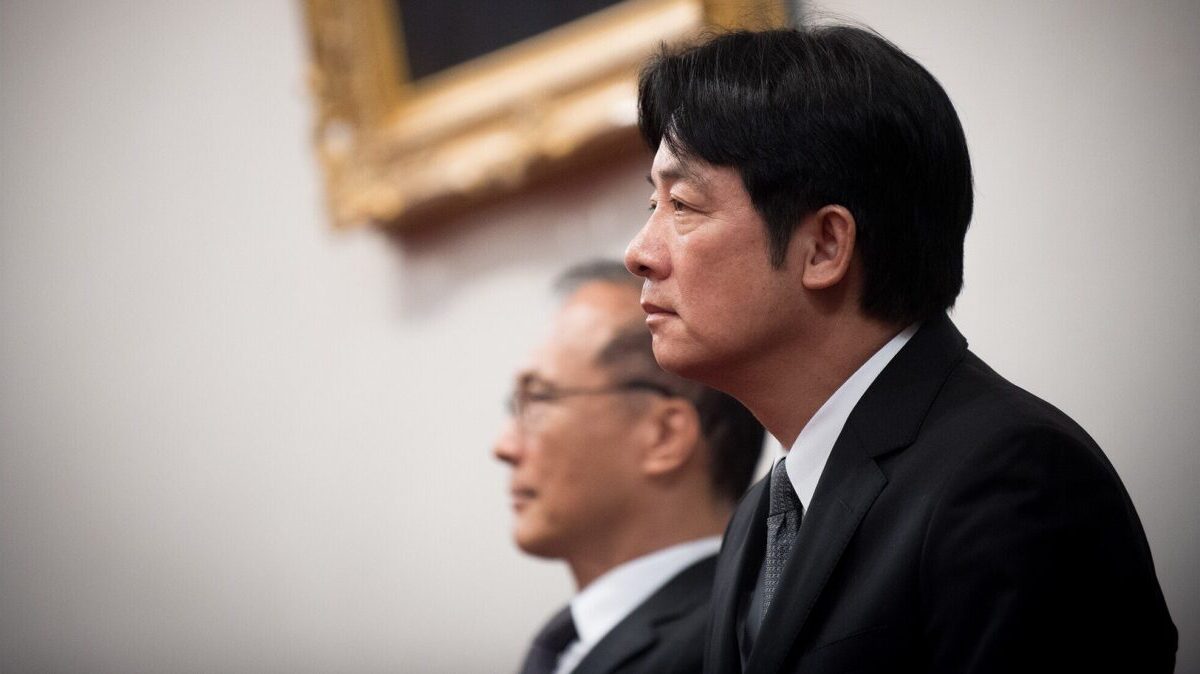
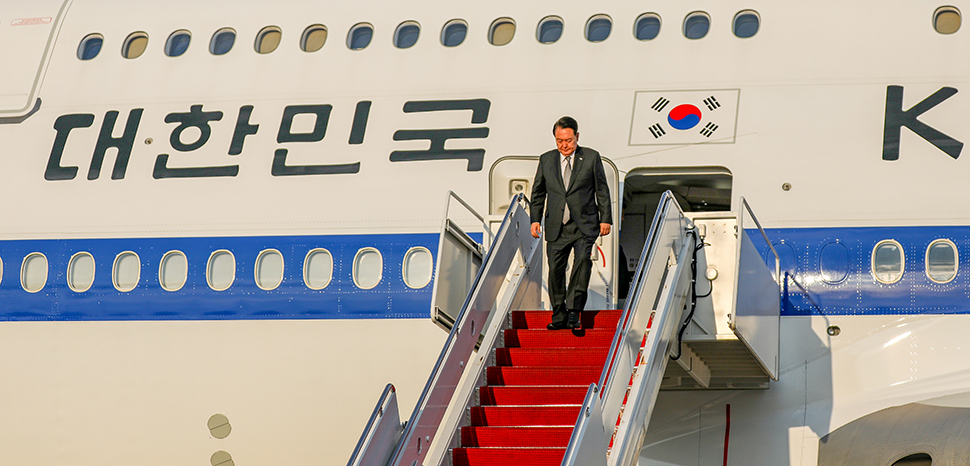


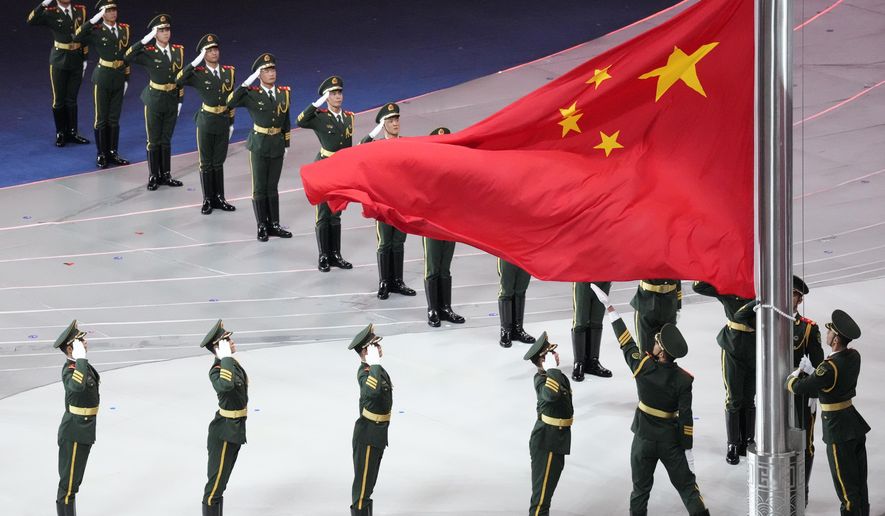


:quality(70)/cloudfront-us-east-1.images.arcpublishing.com/archetype/AUUMI6VZAZG23JH6AFR2TNIICM.jpg)
